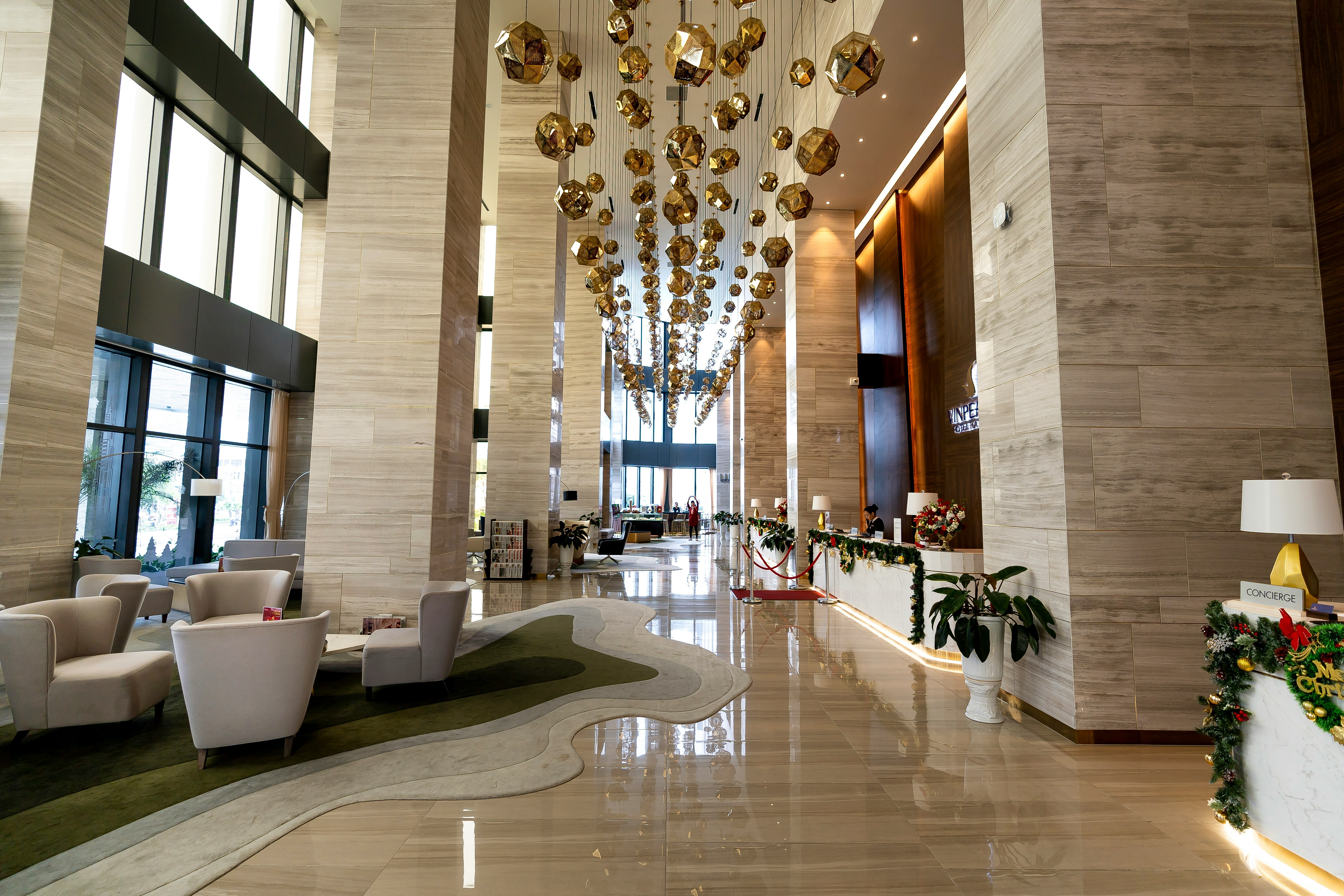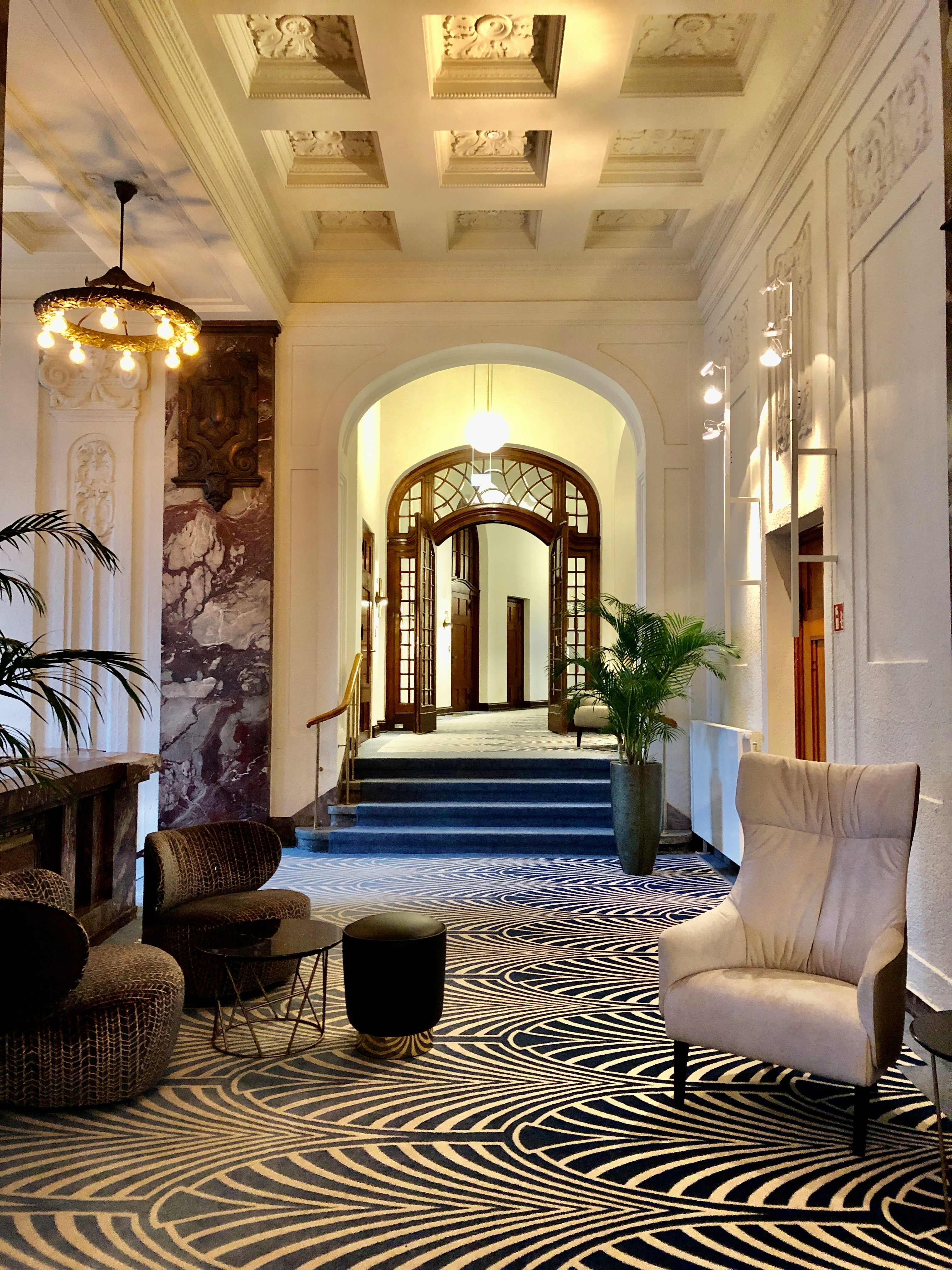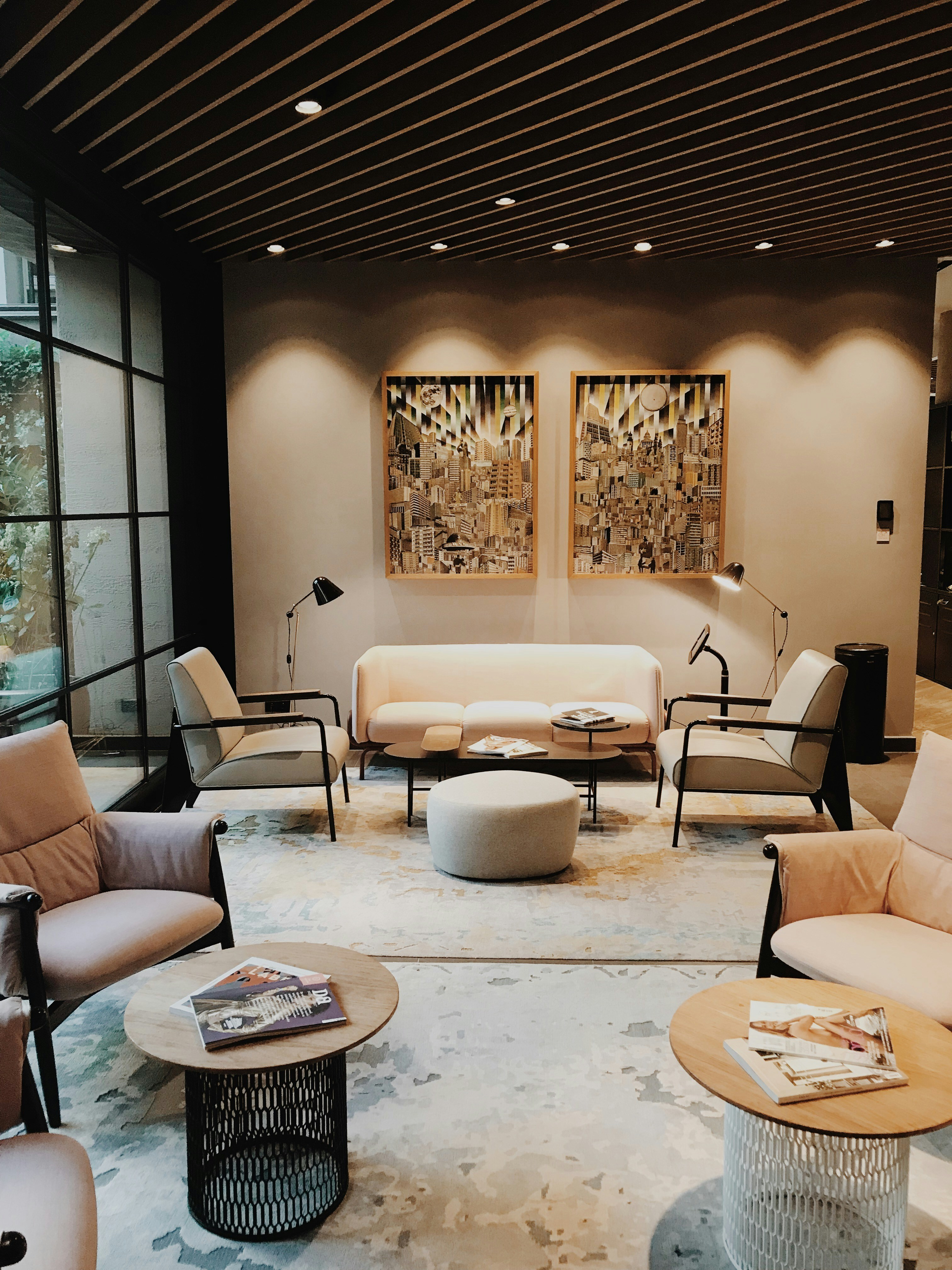
First impressions matter in every part of hospitality.
Whether it is a hotel, restaurant, bar or spa, the arrival experience sets the tone for everything that follows. Guests make instant judgements about atmosphere, service and quality the moment they step inside. Even in more modest venues, the careful design of entry points and early interactions can leave a lasting mark.
Thoughtful design choices around flow, lighting and layout can turn those first moments into powerful statements of welcome and intent.

Arrival Sequences
The journey into a space is rarely accidental. Designers carefully plan arrival sequences to make sure that guests feel comfortable, informed and inspired.
Clear signage, intuitive flow and a sense of openness help visitors know where to go without hesitation. From the placement of a bar to the positioning of a reception desk, small decisions influence whether an entrance feels chaotic or calm.
A strong arrival sequence not only builds confidence but also sets expectations for the rest of the experience.
Breaking Down Barriers
Hospitality design has moved away from imposing structures that separate staff from guests.
Instead of tall reception desks or closed counters, many spaces now embrace smaller pods, informal check-in points or open-plan layouts. This creates a sense of accessibility and approachability.
Guests feel less like they are being processed and more like they are being welcomed. The design itself becomes a tool for human connection.

The Role of Lighting
Lighting is one of the most effective ways to shape first impressions.
It guides attention, defines areas and creates atmosphere. A well-lit entrance signals openness, while layered lighting can bring character and depth to a space.
Designers often use light to create contrast between public and private areas, or to shift mood across the day. Bright, energetic settings work for daytime, while softer tones bring intimacy in the evening. Done well, lighting feels effortless.
Done poorly, it can confuse and alienate.
Attention to Detail
Colour, material choice, sound and scent all contribute to the immediate impact of a space.
A bold accent wall, natural textures or even the background playlist can reinforce a brand’s personality in the first seconds of a guest’s visit. These details may seem small, but they build a sense of cohesion and care. They tell guests that the space has been designed with their experience in mind.
Why It Matters
First impressions in hospitality are about more than appearances. They influence behaviour, mood and memory.
A welcoming, intuitive entrance can reduce stress, encourage guests to linger and increase the likelihood of return visits. In a competitive market, those first few moments are often the difference between loyalty and indifference.
Investing in the art of first impressions is not a luxury. It is a necessity for brands that want to connect meaningfully with their audience.

Conclusion
Hospitality design is about stories and emotions, and the opening chapter is always the arrival. From the clarity of wayfinding to the warmth of a lighting scheme, the first moments shape everything that follows. By focusing on flow, accessibility, detail and atmosphere, designers can turn first impressions into lasting memories.
In hospitality, there is no second chance to get it right.